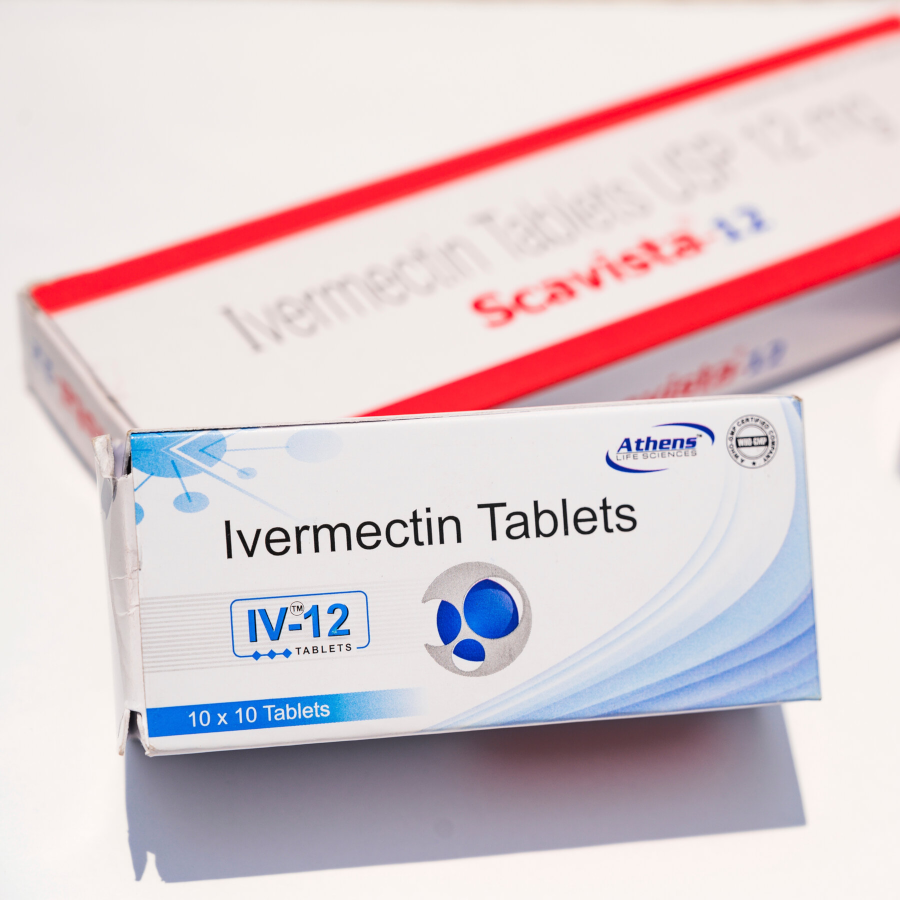Why Choose Ivermectin?
Effective Against ParasitesIvermectin is a powerful tool against various parasitic infections, offering relief and improved quality of life for millions.
Broad Spectrum ActivityIvermectin's ability to combat a wide range of parasites makes it a valuable asset in global health initiatives.
Relatively Safe ProfileIvermectin is generally well-tolerated, with a low risk of serious side effects when used as directed.
Easy to AdministerIvermectin is typically administered orally, making it convenient for patients and healthcare providers.
Cost-Effective TreatmentIvermectin is relatively inexpensive, making it an affordable option for treating parasitic infections in developing countries.
Always follow your doctor’s instructions for the best results and safety.


